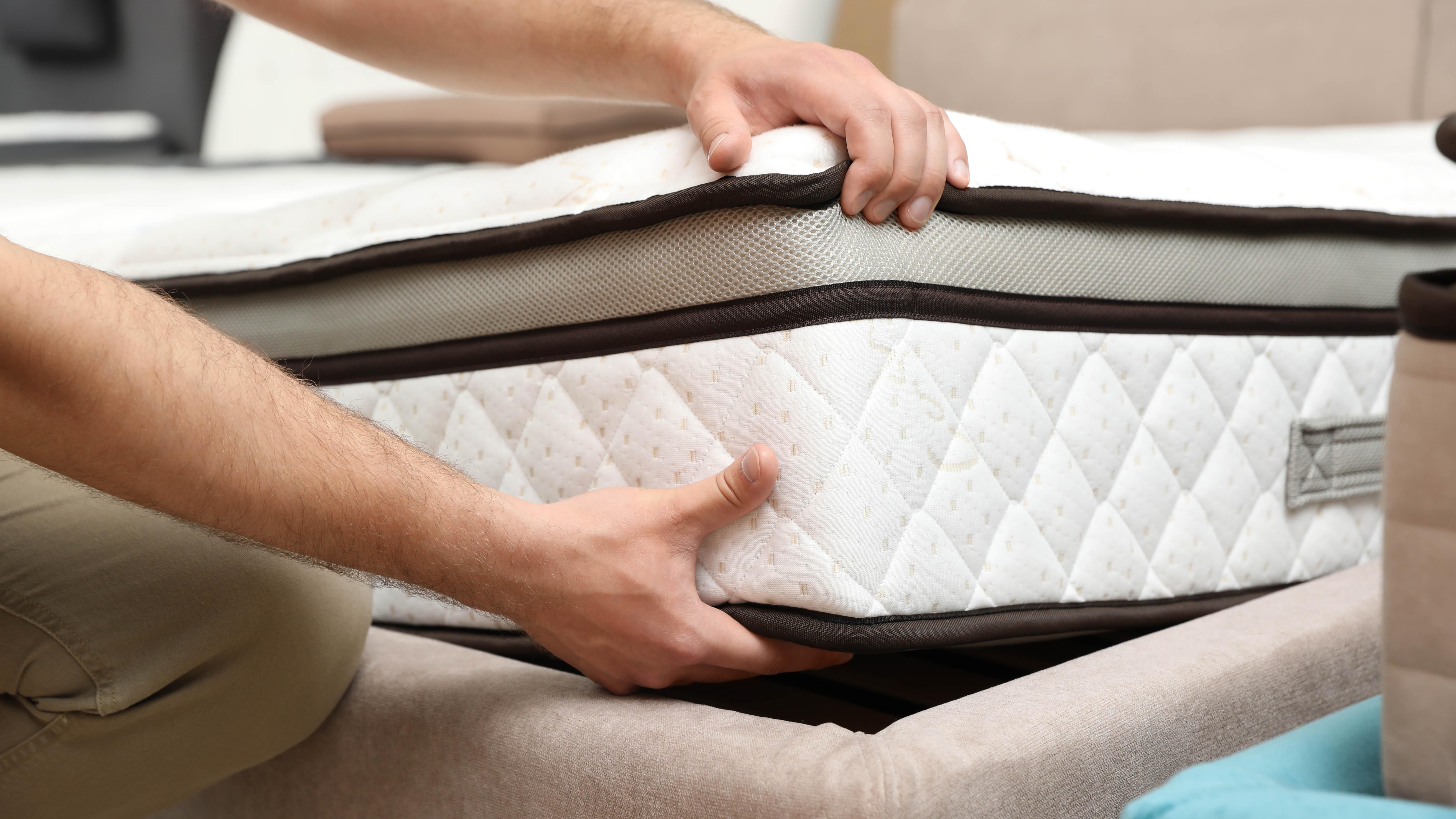Proper sleep posture plays a vital role in maintaining spinal health and ensuring truly restorative rest. By understanding and applying core alignment principles, you can minimize discomfort and promote deep, refreshing sleep.
Optimizing Sleep Posture: Core Approaches
- Side Sleeping Alignment: Maintain a straight spine. Pillow between knees prevents twisting; supportive head pillow ensures neck neutrality. Reduces back/neck strain effectively. Ambiworkbeth suggests this.
-
Back Sleeping Lumbar Support: Support lower back's natural curve. Small pillow under knees alleviates spinal pressure, promoting relaxation and even weight distribution. Fosters overall comfort and alignment.
-
Modified Stomach Sleeping: Generally discouraged due to neck strain. Adaptations: thin pillow under pelvis (reduces lumbar arching), minimal head pillow (lessens neck rotation). Requires careful setup.
Key Evaluation Criteria for Sleep Postures
-
Spinal Alignment: How well does the posture maintain the spine's natural curves, preventing unhealthy bending or twisting? Essential for avoiding discomfort.
-
Pressure Distribution: Is body weight evenly spread? Minimize concentrated pressure points to avoid numbness or pain. Even dispersal is paramount for comfort.
-
Airway Patency: Does the posture keep airways open? Vital for consistent breathing, reducing snoring and potential sleep apnea risks.
-
Muscle Relaxation: Can muscles fully relax overnight? Reduces tension and promotes restorative rest, essential for waking refreshed and pain-free.
Detailed Posture Comparison
Side sleeping, with proper support, ensures good spinal alignment. A head pillow and knee pillow align head, neck, and spine, preventing twisting. However, pressure distribution concentrates weight on hips and shoulders. A contouring mattress is crucial for cushioning these points, ensuring even dispersal and comfort.
For side sleepers, airway patency is generally good; the tongue is less likely to obstruct. This reduces snoring. Muscle relaxation is also good if the spine is aligned. Yet, inadequate cushioning can cause localized tension in the shoulder or hip, affecting rest quality.
Back sleeping excels in spinal alignment and pressure distribution. A supportive mattress and knee pillow maintain the lumbar curve, spreading weight evenly across a large surface. This minimizes joint pressure points. A flat head pillow is vital for neck alignment, promoting a neutral spine.
However, airway patency can be a concern for back sleepers. The tongue may fall backward, obstructing airways, leading to snoring or sleep apnea. Conversely, muscle relaxation is generally excellent. With proper support, muscles relax symmetrically, promoting deep, restorative sleep without localized tension.
Modified stomach sleeping severely compromises spinal alignment. The lower back arches excessively, and neck twisting causes considerable cervical strain and pain. Pressure distribution is poor; it flattens spinal curves, creating pressure points on the abdomen and pelvis. Optimal weight dispersal is rarely achieved.
While stomach sleeping might aid airway patency by preventing tongue fall, this comes at the severe cost of unsustainable neck rotation. Consequently, muscle relaxation is highly impeded. Constant neck twisting and back arching keep muscles tense, hindering deep relaxation and restorative sleep benefits.
Tailored Sleep Posture Recommendations
For spinal health and back pain reduction, side sleeping with proper support is ideal. Use a firm pillow filling the head-shoulder gap and a pillow between your knees. This ensures excellent spinal alignment and reduces lumbar pressure. Ambiworkbeth solutions can enhance this, offering targeted support.
If you experience snoring or mild sleep apnea, side sleeping often helps keep airways open. If a comfortable back sleeper without breathing issues, maintain this posture with a flat head pillow and knee support. Back sleeping excels in even pressure distribution and muscle relaxation, if airways remain clear.
Those with acid reflux may find relief in elevated back sleeping using a wedge pillow. For neck or shoulder pain, evaluate your current side or back setup. Adjusting pillow height or mattress firmness often alleviates discomfort and improves sleep quality significantly. Small changes yield big results.
Stomach sleeping is generally discouraged due to severe neck and lower back strain. If unavoidable, minimize effects: use a very thin head pillow or none, and a pillow under your pelvis. Consider transitioning to side sleeping for substantial long-term spinal health and comfort. Seek specialist advice for persistent issues.



comments